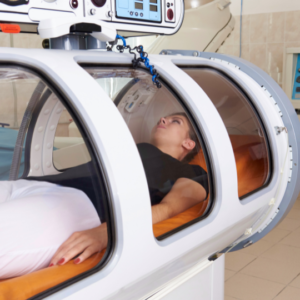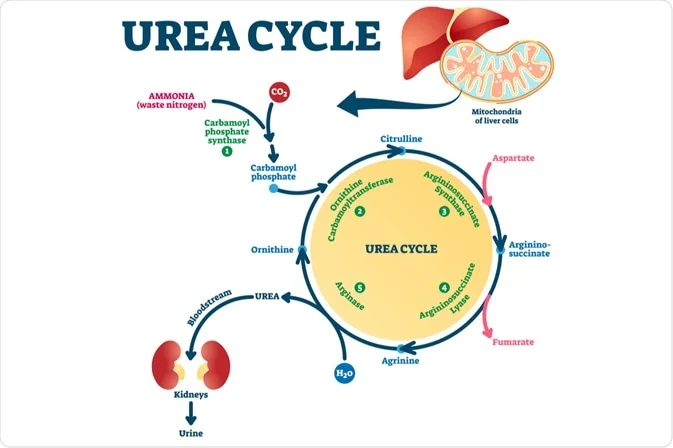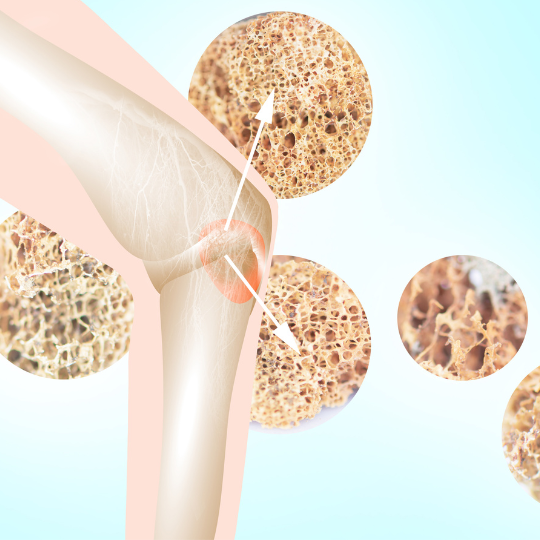Hyperoxia VS Hypoxia
When the body is subjected to extremely high oxygen concentrations, such as in a hyperbaric oxygen chamber, hyperoxia may result. By increasing oxidative stress, which can harm cells and cause inflammation, this may have a negative effect. Hyperoxia can potentially result in cell death in severe circumstances. However, short-term exposure to hyperoxic breathing has also been shown to have some beneficial effects on the body, such as increased blood flow and improved immune function.

Contrarily, hypoxia, which can happen at high elevations or in some medical circumstances, happens when the body does not acquire enough oxygen. A reduction in blood flow and a decline in the amount of oxygen reaching the cells may be brought on by hypoxia. This can result in a variety of physiological modifications, such as an increase in heart rate and blood pressure as well as a loss in muscular power and endurance.
Growing interest has been shown in using hyperoxia and hypoxia, either separately or together, to increase longevity and health in recent years. One oxygen therapy approach is to using a method known as oxygen cycling or intermittent hypoxic training (IHT).
Intermittent hypoxic training
IHT alternates between periods of hypoxia and hyperoxia to encourage the body’s physiological responses. IHT has a number of possible advantages. It has been demonstrated, for instance, to enhance cardiovascular function, boost muscular strength and endurance, and lower inflammation. Additionally, IHT could promote general health and wellbeing and have anti-aging properties.
The particular requirements and goals of the individual would determine the best approach for IHT. A typical strategy, however, can include brief intervals of hyperoxia or hypoxia, followed by prolonged intervals of normal levels of oxygen intake. You can do this by using a hyperbaric oxygen chamber or other tools that allow you to regulate the oxygen level in the air. IHT should be carried out under the guidance of a qualified specialist since, if done improperly, it might be harmful. Before beginning any new workout regimen, it’s crucial to speak with a healthcare professional.
Wim Hof, Cyclic Hyperventilation or Tumo Breathing
The practice of cyclic hyperventilation, commonly referred to as tumo breathing and made popular by Wim Hof, is one of the more well-known forms of oxygen cycling or IHT. This technique includes rapid inhalation and exhalation to raise the body’s oxygen levels and promote the synthesis of specific hormones and enzymes. More studies are required however to ascertain the long-term consequences and possible hazards of using cyclic hyperventilation to enhance physical and mental performance, to build on current promising evidence.
Therefore, the combination of hyperoxia and hypoxia, achieved by methods like IHT, has the potential to enhance health and lifespan. Hyperoxia and hypoxia can also both have a substantial impacts on the physiology of the body. But it’s crucial to adhere to a proper and safe technique while being supervised by a qualified expert.

So, what are you waiting for, breathe and don’t, breathe and don’t… just kidding. But still, you can try either swimming, while breathing every 3, 4, 5 etc strokes. Or you can try diving for longer and longer periods of time; these are both pastimes that can make you accustomed to this kind of health promoting practice. There is also a lot of knowledge about how to tumo breathe and we’re just a message away to advising you how to incorporate breathing into a healthy lifetime practice.












